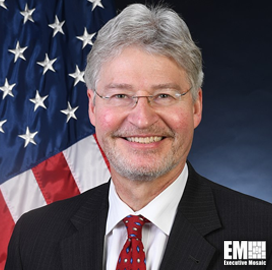
Amazon has announced four new renewable energy projects in Australia, Spain, Sweden and the United States to reach 80 percent renewable energy by 2024 and 100 percent renewable energy by 2030, on a path to net-zero carbon by 2040, the company announced on Thursday.
“We’re on a mission to meet the Paris Agreement 10 years early as part of The Climate Pledge commitment to be net-zero carbon across our operations by 2040. These new renewable energy projects are part of our roadmap to 80% renewable energy by 2024 and 100% renewable energy by 2030,” said Kara Hurst, Vice President of Sustainability, Amazon.
Amazon’s first renewable energy project in Australia was announced as a 60 megawatt (MW) solar project anticipated to come online in 2021 in northern New South Wales. The company has expected to generate 142,000-megawatt hours (MWh) of clean energy annually.
Amazon’s most recent solar project in the US will be located in Halifax County, Virginia. The 65 MW solar project is expected to generate over 150,000 MWh of renewable energy annually and will mark Amazon’s 11th renewable energy project in the state.
The company’s renewable energy wind and solar projects will provide nearly 300 MW and approximately 840,000 MWh of additional renewable capacity to the grids that supply energy to the company’s AWS data centers, which power Amazon and millions of AWS customers globally.
Amazon has launched 26 utility-scale wind and solar renewable energy projects that will generate over 2,200 MW of renewable capacity and deliver more than 6.2 million MWh of clean energy annually. The company has also installed more than 50 solar rooftops on fulfillment centers and sort centers around the globe that generate 122 MW of renewable capacity and deliver 193,000 MWh of clean energy annually.
“I applaud Amazon for their investment in renewable energy projects in the Commonwealth of Virginia,” said Virginia Congressman Denver Riggleman. “This solar energy project will generate 65 megawatts of renewable energy, which will create clean jobs for the region.”
To track progress toward these goals, Amazon launched a website to report on its sustainability commitments, initiatives, and performance. The site includes information on Amazon’s carbon footprint and other sustainability metrics that share the progress the company is making towards reaching The Climate Pledge.
About Amazon
Amazon is guided by four principles: customer obsession rather than competitor focus, passion for invention, commitment to operational excellence, and long-term thinking. Customer reviews, 1-Click shopping, personalized recommendations, Prime, Fulfillment by Amazon, AWS, Kindle Direct Publishing, Kindle, Fire tablets, Fire TV, Amazon Echo, and Alexa are some of the products and services pioneered by Amazon.












